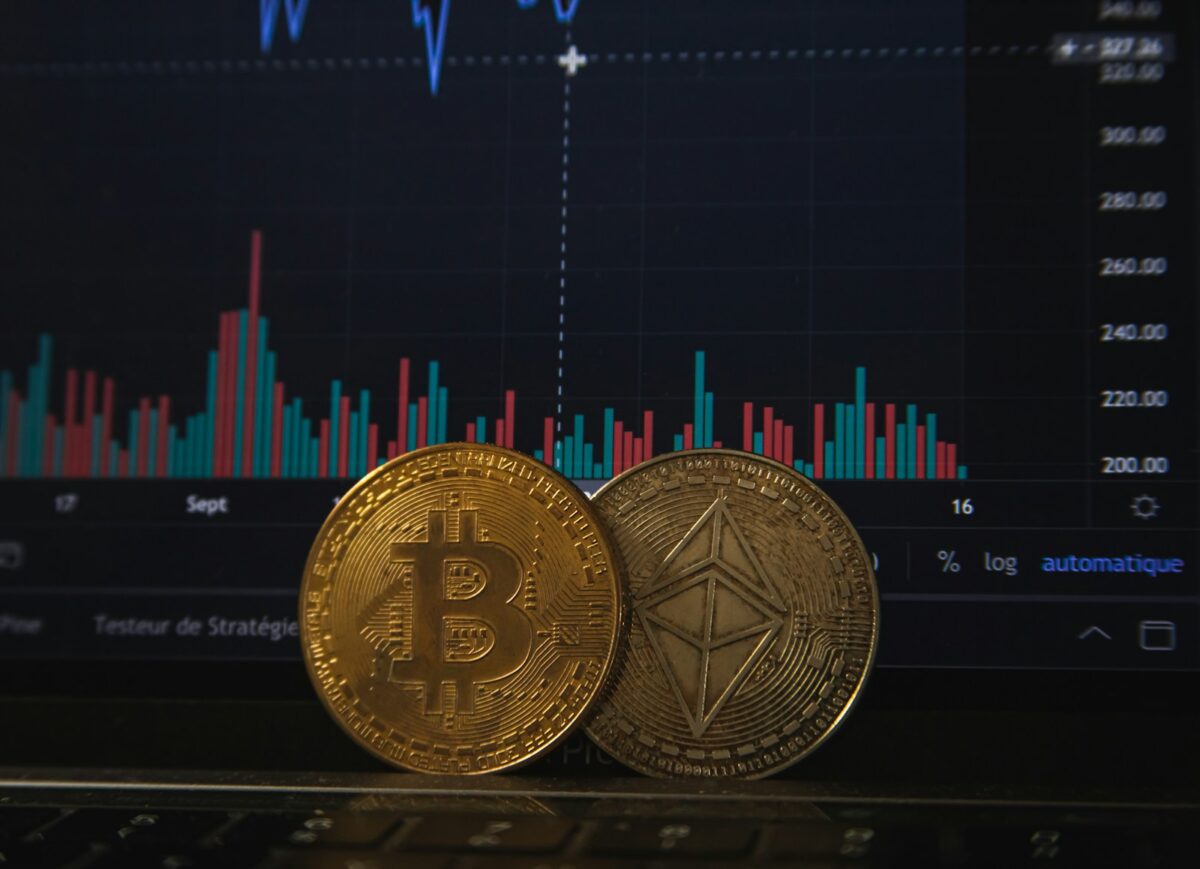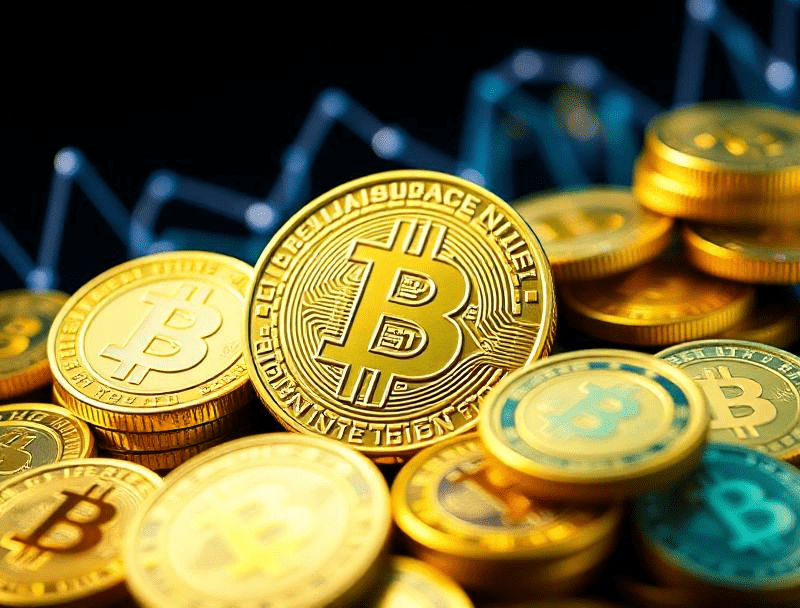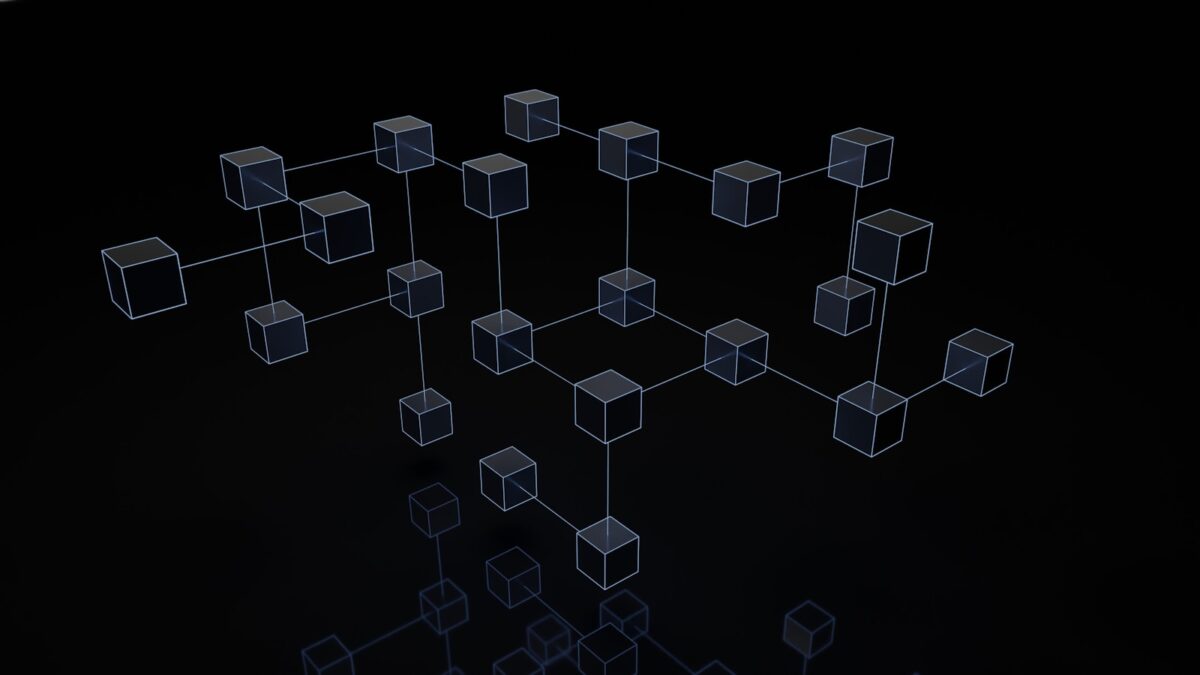
Understanding blockchain governance tokens

Governance tokens grant holders specific rights to influence decision-making processes within decentralized networks. These digital assets enable participants to propose and vote on protocol upgrades, directly shaping the evolution of the system without centralized control.
Democracy in such ecosystems is implemented through transparent voting mechanisms tied to token ownership. This structure aligns incentives by distributing power proportionally, ensuring that changes reflect collective preferences rather than unilateral actions.
The allocation of these tokens determines who can participate in governance and how much weight their votes carry. Understanding the dynamics of token distribution, voting thresholds, and quorum requirements is crucial for evaluating the resilience and fairness of a protocol’s decision-making model.
Understanding blockchain governance tokens
Decision-making in decentralized networks relies heavily on the allocation of specific tokens that grant holders distinct rights within the protocol. These assets serve as instruments through which participants can influence the future direction of the system, including proposing and approving critical upgrades. By distributing voting power proportionally to token ownership, this mechanism attempts to replicate a form of democracy embedded directly into the technical layer.
The governance model centers around these tokens as key enablers for collective consensus. Stakeholders utilize them to cast votes on various protocol modifications, from parameter adjustments to structural enhancements. Such a framework ensures that changes reflect the community’s preferences rather than unilateral control by developers or external entities, preserving decentralization and trustworthiness.
Technical mechanisms behind governance tokens
Governance tokens carry embedded rights that allow holders to initiate proposals or participate in referendums affecting network rules. For instance, platforms like Compound employ a system where proposals require a minimum threshold of support before entering formal voting stages. This prevents spam and encourages thoughtful contribution towards meaningful upgrades.
The voting process often incorporates time-locked staking, wherein users commit their tokens temporarily to validate their decisions’ sincerity and reduce opportunistic behaviors. This method also aligns incentives by linking voting weight with actual economic exposure, fostering responsible participation in protocol evolution.
- Proposal Submission: Token holders submit suggestions for improvement.
- Discussion Phase: Community debates feasibility and impact.
- Voting Period: Formal casting of votes weighted by token balance.
- Execution: Approved decisions trigger automated or manual updates to the protocol codebase.
A notable example is Decred’s hybrid consensus model combining proof-of-work mining with ticket-based voting using native governance units. This hybrid approach mitigates risks inherent in pure mining-based systems by granting stakeholders direct influence over rule changes alongside miners’ computational efforts.
The diversity of implementation highlights how governance tokens embody more than mere currency; they function as dynamic tools facilitating collaborative decision-making processes essential for ongoing innovation within distributed ledgers. Investigating each project’s specific protocols reveals varied design trade-offs balancing inclusivity, security, efficiency, and scalability–critical factors shaping future development trajectories.
How governance tokens work
Governance tokens grant holders specific rights within a decentralized protocol, enabling them to participate directly in decision-making processes. These rights often include voting on proposals related to network parameters, funding allocations, and technical upgrades. By distributing control across token holders rather than centralized entities, the system fosters a form of digital democracy where changes reflect collective agreement.
Each token typically represents one vote or a weighted influence proportional to the number of tokens held. This mechanism allows communities to signal preferences about the evolution of the protocol efficiently. For example, holders may vote on adjusting transaction fees or modifying consensus algorithms, ensuring that upgrades align with stakeholder interests rather than unilateral decisions.
Mechanics of decentralized decision-making
The process begins when a proposal is submitted for consideration by token holders. This proposal can address various aspects such as security enhancements, economic incentives, or governance rules themselves. After submission, token holders engage in discussions and debates, often facilitated through dedicated forums or on-chain platforms designed for transparent communication.
Voting periods are defined within smart contracts governing the protocol. Once concluded, results automatically trigger corresponding changes without intermediaries. The use of smart contracts ensures immutability and enforceability of decisions while preventing censorship or manipulation from any single party.
- Example: The Compound protocol uses its native COMP tokens to enable users to propose and vote on changes affecting lending rates and collateral factors.
- Case study: In 2020, Uniswap’s UNI token allowed community members to decide on treasury fund allocations supporting ecosystem development.
This model encourages active participation but also introduces challenges such as voter apathy or concentration of tokens among few actors. To mitigate risks, some systems implement delegation mechanisms where less active participants assign their voting power to trusted representatives without transferring ownership.
The design of these tokens must balance inclusivity with efficiency to prevent gridlocks during decision-making. Advanced protocols incorporate quadratic voting or time-locked staking to discourage vote buying and encourage long-term commitment to the network’s success.
The continuous iteration enabled by these governance models supports adaptive upgrades responsive to technological advancements and user needs. As ecosystems grow more complex, refining governance structures remains an experimental frontier combining cryptographic techniques with social dynamics–a domain inviting further inquiry and innovation.
Token Voting Mechanisms Explained
Decentralized protocols allocate voting rights through specific digital assets, enabling stakeholders to influence network decisions proportionally to their holdings. This system transforms ownership into a measurable form of participation, where each unit of the asset confers a quantifiable voice in protocol matters such as parameter adjustments or feature rollouts. Token-based voting thus serves as a practical implementation of on-chain democracy, ensuring that upgrades and governance changes reflect the collective will rather than centralized control.
The mechanics behind this involve weighted voting models where participants cast ballots corresponding to their token balance. Commonly used approaches include quorum thresholds and minimum participation rates to prevent decision-making by negligible minority holders. For example, platforms like Compound employ time-weighted voting power, which considers both token quantity and holding duration, thereby encouraging long-term commitment over speculative accumulation. Such mechanisms align incentives between protocol sustainability and stakeholder engagement.
Technical Variants and Practical Applications
Different projects utilize diverse frameworks for implementing decentralized decision-making through tokens. Snapshot employs off-chain signature aggregation for gasless voting, later verified on-chain to reduce transaction costs while preserving security guarantees. Conversely, Tezos integrates formal governance cycles with proposal submission, testing periods, and ratification votes conducted entirely on-chain to maximize transparency and accountability.
Emerging methodologies also explore quadratic voting to mitigate dominance by large holders by weighting votes sublinearly relative to token amounts. This experimental approach fosters more egalitarian outcomes by amplifying minority voices without diluting the fundamental principle that stake corresponds to influence. Investigating these variations provides insight into optimizing democratic processes within permissionless networks while safeguarding against plutocratic capture.
Impact on Protocol Upgrades
Decision-making processes within decentralized networks directly influence the implementation of protocol upgrades, with voting mechanisms serving as the primary method for stakeholders to express their preferences. Governance rights embedded in specific assets enable holders to propose and approve changes that affect network functionality, security, and scalability. The distribution and concentration of these rights determine how effectively a community can adapt its infrastructure.
The use of governance units allows participants to exercise democratic control over software modifications, fostering transparency and collective responsibility. For example, in platforms like Tezos or Decred, holders cast votes weighted by their stake, deciding on upgrade proposals without requiring hard forks or external interventions. This approach reduces risks associated with contentious splits while maintaining system integrity.
Mechanisms Influencing Upgrade Outcomes
Voting frameworks often incorporate quorum thresholds and approval percentages to validate upgrade proposals, balancing inclusivity with decisiveness. These parameters ensure that only changes with broad consensus proceed, minimizing potential disruptions from minority factions. Additionally, some ecosystems implement time-locked voting periods to allow thorough review and discussion before final decisions.
- Tezos: utilizes an on-chain self-amendment process where token holders vote through multiple stages–proposal, testing, and promotion–to approve protocol improvements systematically.
- Decred: combines proof-of-work miners with ticket-based voting by token holders, integrating both operational security and community input into upgrades.
The design of such systems reflects a deliberate effort to merge democratic participation with technical robustness, ensuring that enhancements align with the collective interest rather than individual agendas.
However, governance participation rates significantly impact effectiveness; low voter turnout can lead to decision-making bottlenecks or disproportionate influence by large stakeholders. Empirical data from various projects reveal that active engagement correlates positively with timely upgrades and fewer contentious forks. Incentivizing involvement through rewards or reputation mechanisms remains an area for further exploration.
An additional consideration is the risk of governance capture when tokens representing decision rights concentrate among few entities. Such centralization may skew upgrade priorities toward narrow interests rather than network-wide benefits. Countermeasures include quadratic voting or delegation limits designed to democratize influence distribution further.
The continuous refinement of these participatory models invites experimental approaches that blend cryptographic techniques with social dynamics analysis. By systematically evaluating how different allocation schemes affect upgrade efficiency and fairness, communities can evolve more resilient frameworks encouraging widespread engagement and robust evolution pathways.
Risks in Token-Based Governance
Effective participation in decentralized decision-making requires careful evaluation of the distribution and influence of voting rights among stakeholders. Concentration of governance power in a few holders with substantial token shares can skew outcomes, undermining the principle of equitable democracy. For instance, projects like MakerDAO have faced challenges where large token holders exert disproportionate sway over protocol upgrades, raising concerns about centralization within ostensibly decentralized systems.
Token-based voting mechanisms introduce vulnerabilities related to voter engagement and informed decision-making. Low turnout often leads to decisions driven by a small subset of participants, whose incentives might not align with the broader community’s interests. This phenomenon was observed in Tezos’ early upgrade proposals, where limited active voting led to contested legitimacy and delayed implementations.
Technical and Economic Challenges
The design of upgrade procedures is critical since poorly structured frameworks can enable governance attacks such as vote buying or sybil attacks. Malicious actors may acquire tokens temporarily to influence key decisions, jeopardizing network integrity. Economically, fluctuations in token value can affect participation consistency; holders may abstain from voting during market downturns, thereby stalling necessary protocol changes.
Rights encoded through these digital assets are inherently linked to smart contract logic, introducing risks associated with code bugs or exploitability during upgrades. A case study involves the infamous DAO hack where governance rules embedded in contracts allowed attackers to drain significant funds due to unforeseen vulnerabilities. Ensuring robust auditing and formal verification before implementing changes mitigates such threats but does not eliminate them entirely.
Exploring alternative models such as quadratic voting or delegated authority may enhance fairness by reducing dominance effects while preserving scalable participation. However, each approach carries trade-offs impacting transparency and complexity of governance processes. Continuous empirical research into participant behavior and incentive structures remains essential for refining protocols that balance decentralization ideals with practical security considerations.
Conclusion: Acquiring and Utilizing Governance Units for Protocol Influence
Prioritize acquiring governance units through transparent distribution mechanisms that align with the protocol’s decentralization goals. The allocation method directly impacts the balance of voting power and decision-making efficacy, shaping the democratic nature of the system. For instance, quadratic voting models can mitigate concentration of influence, ensuring broader participation and equitable rights across stakeholders.
Utilization of these units extends beyond simple voting; it encompasses strategic engagement in protocol upgrades, parameter adjustments, and conflict resolution. Active involvement in proposal creation and consensus formation exemplifies how decentralized decision frameworks evolve dynamically. As protocols mature, advanced delegation schemes and off-chain signaling are likely to enhance flexibility without compromising on-chain accountability.
Future Implications for Decentralized Decision Rights
- Token Distribution Models: Evolving from fixed supply to adaptive issuance tied to network contribution metrics will recalibrate governance participation.
- Voting Mechanisms: Integration of multi-dimensional voting approaches–combining stake-weighted votes with reputation systems–can prevent plutocracy while preserving efficient protocol evolution.
- Protocol Upgrade Pathways: Modular governance architectures will support experimental trial-runs for contentious decisions, blending on-chain finality with off-chain deliberation.
- Interoperability of Governance Units: Cross-protocol governance tokens may emerge as instruments enabling meta-decision rights across ecosystems, fostering collaborative democracy at scale.
The trajectory suggests a shift towards increasingly sophisticated frameworks where governance units serve not only as voting chips but as dynamic tools empowering nuanced control over decentralized infrastructures. This progression invites continuous inquiry into optimal designs that balance inclusivity, security, and adaptability–guiding future research and experimentation in distributed authority models.


